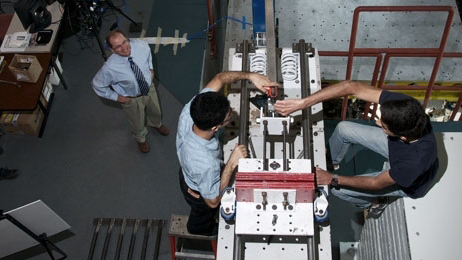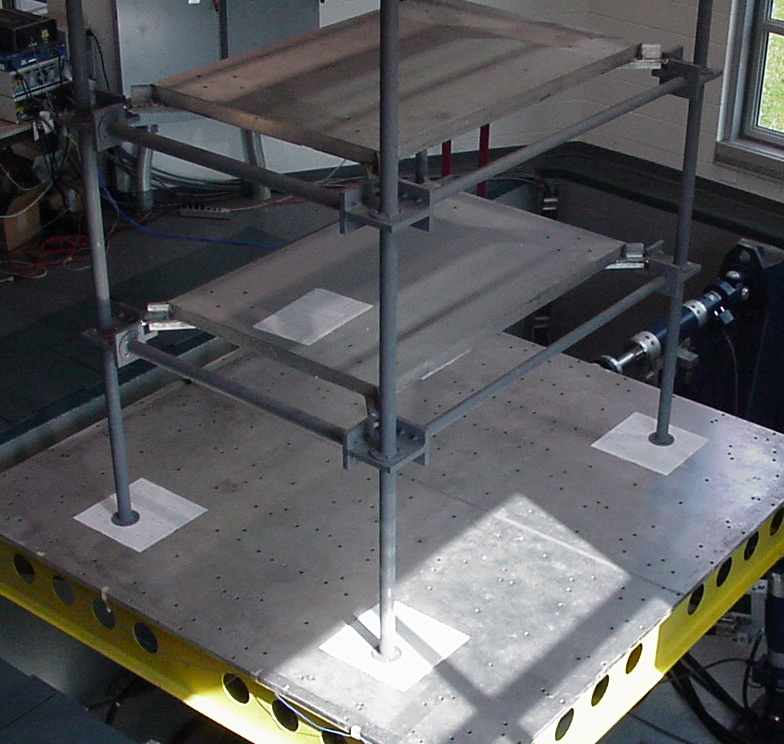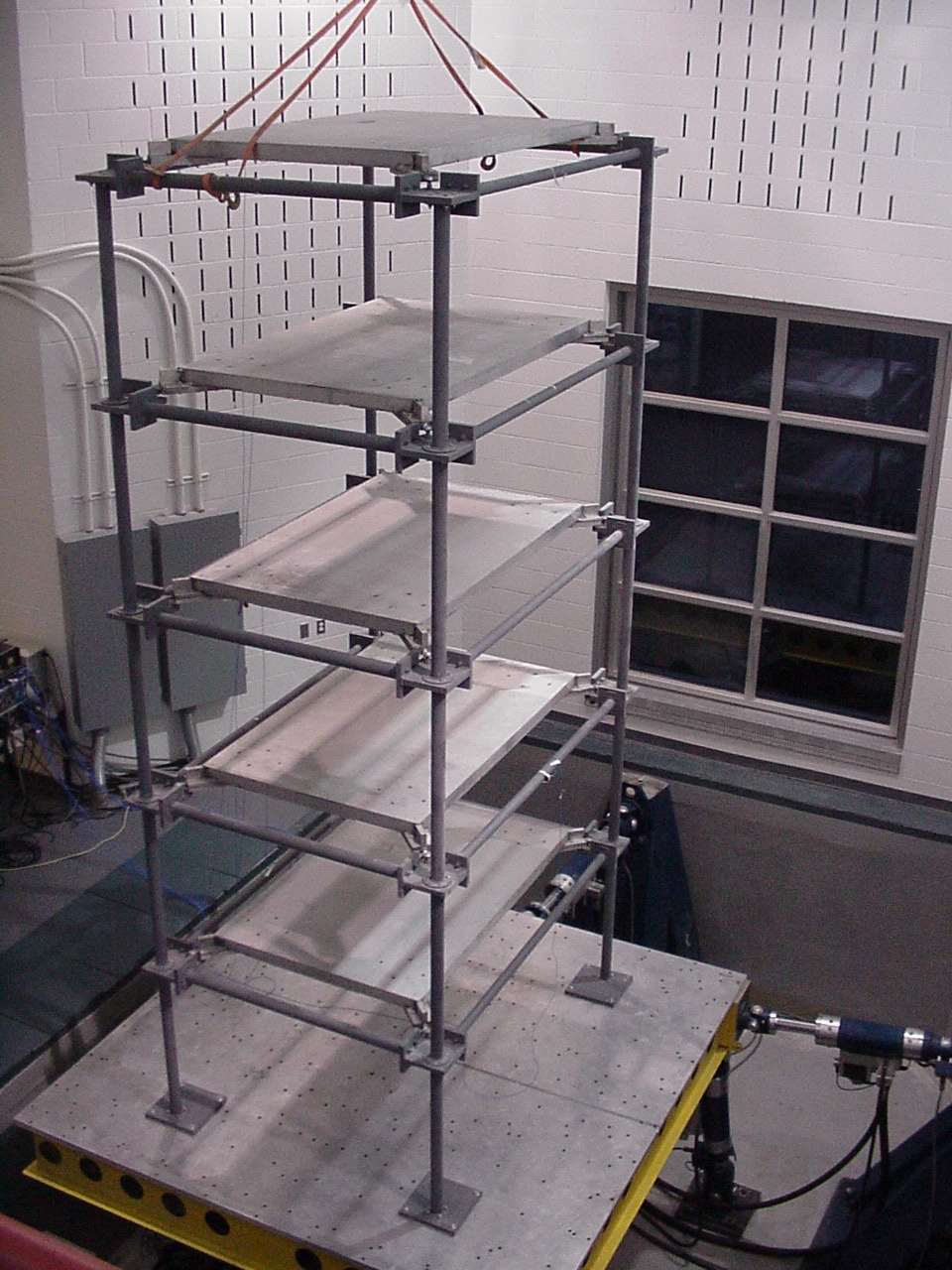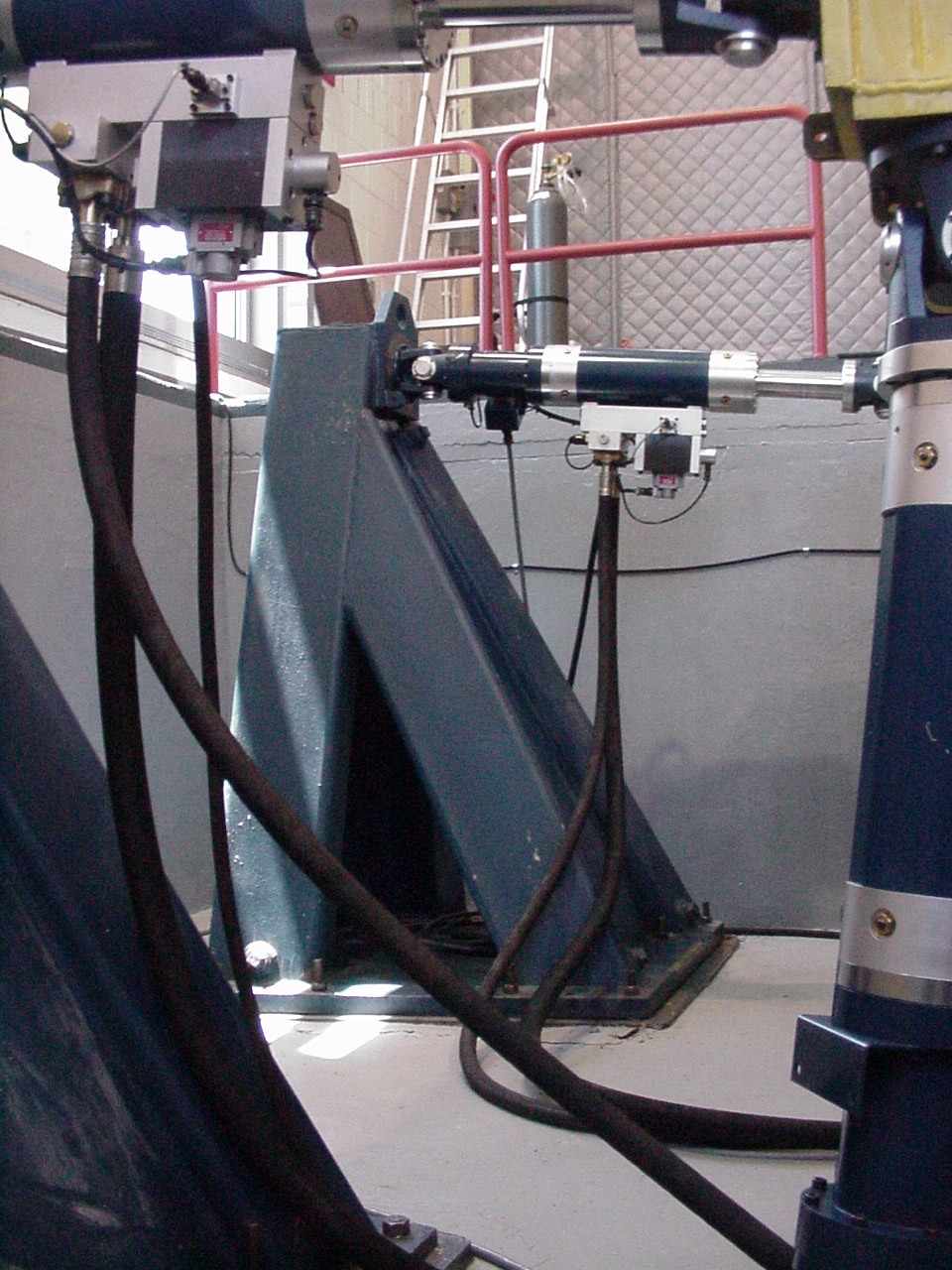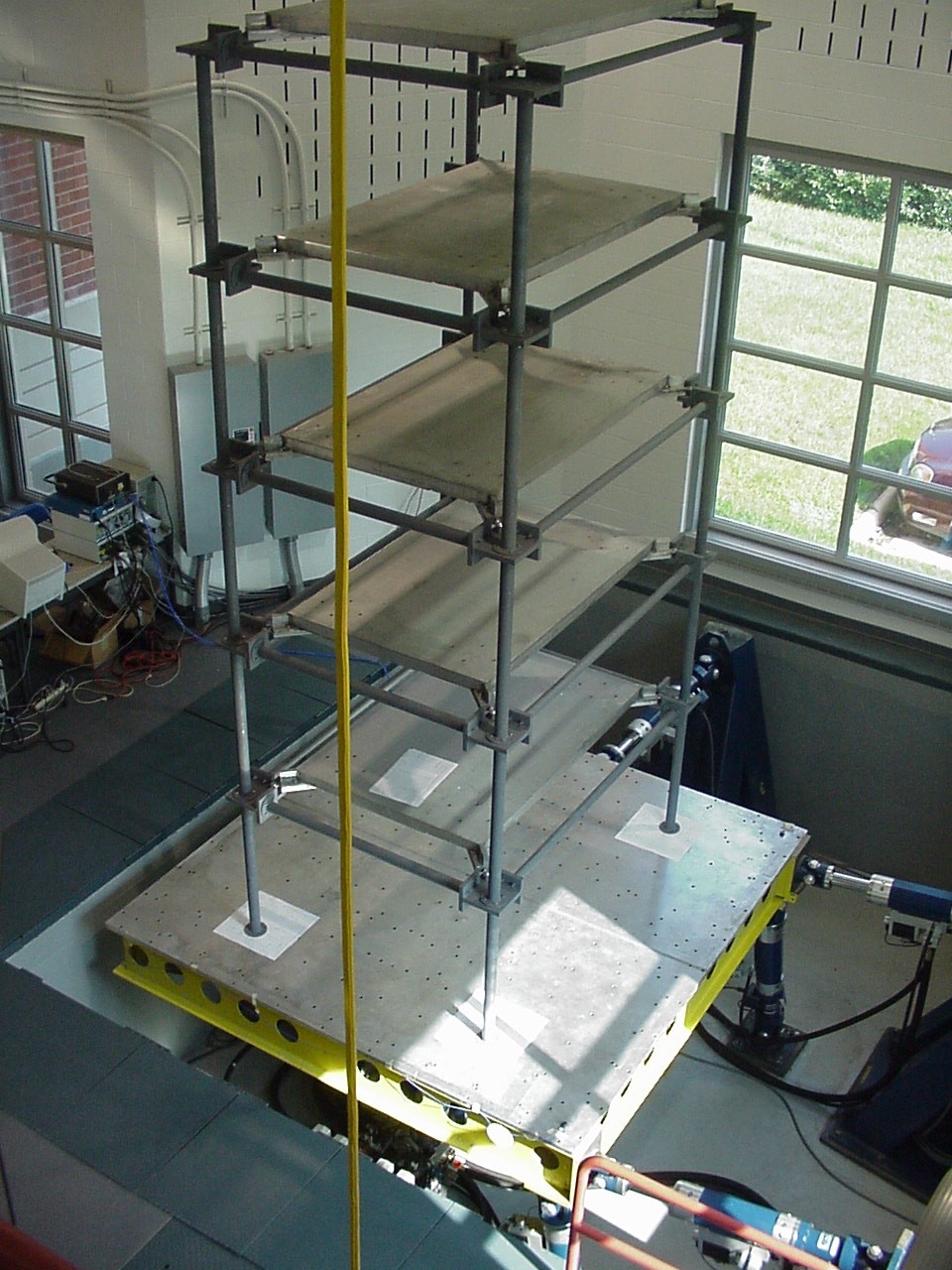Earthquake Engineering and Structures Laboratory
About the Laboratory
Researchers in the Earthquake Engineering and Structures Laboratory work to improve methods of determining infrastructure safety based on current knowledge and cutting-edge technologies.
Researchers identify the parameters that govern the response of contemporary structural materials, studying these properties through experimental testing of structural components supplemented by numerical computer simulations. Because the accurate prediction of structural behavior requires that structural loadings be estimated, researchers also analyze a continually expanding database of earthquake, wave, wind, acoustic, and other loadings and create reliable mathematical models for these phenomena.
The results of this work are used to develop simplified design methodologies and guidelines for civil and mechanical engineers. Research projects include the (1) investigation of soil-structure interaction under random excitation; (2) examination of ductile failure of structural components; (3) prediction of random vibratory loads on space-shuttle payloads; and (4) testing of high-strength steel-welded joints and structural composites under constant and variable amplitude loadings to evaluate damage accumulation.
Lab Director: manzari gwu [dot] edu (Dr. Majid T Manzari)
gwu [dot] edu (Dr. Majid T Manzari)
About the Shake Table
Dimensions:
- Construction began in May 2000; the table became fully operational in June 2001
- Platform surface measures 10'x10'
- Platform moves with six degrees of freedom
(3) Translational degrees - side-to-side in two directions; up and down
(3) Rotational degrees - Rocking in two directions; torsional twisting
Stability:
- Beneath the shake table is a huge mass of concrete weighing about 340,000 lbs. (170 tons) and reaching a depth of 25-30 feet
- 18 H-shaped piles connect this concrete to the earth's bedrock
- The concrete stabilizes the table and prevents its motion from being transferred to the building housing the table
Motion:
- Six actuators (arms) apply a "load" causing the table to move
- The stroke of each actuator is eight inches, so the table moves about eight inches in each of the six directions
- The actuators apply dynamic loads of up to 80 kilonewtons (a measure of dynamic force equal to the force required to impart an acceleration of one meter per second to a mass of one kilogram)
Power:
- The table moves hydraulically
- Propelling the actuators are two hydraulic power supplies providing 1,000 liters (260 gallons) per minute of oil at 4,000 psi (pounds/square inch)
- When the pump is on and the table is operating, oil moves the actuators and 65° (F) water circulates to cool the oil
Shake Tables


